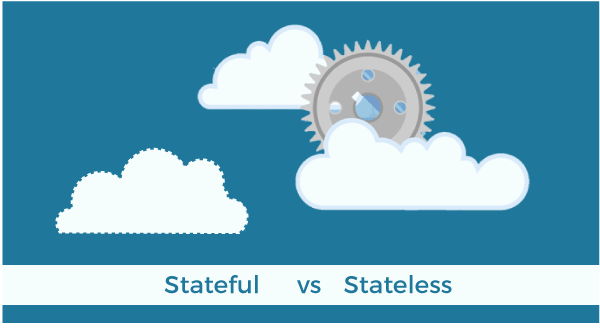Difference between stateless protocol and stateful protocolIn this article, we will see the comparison between stateless protocol and stateful protocol along with their separate discussion. Both are the network protocols for web browsers and web servers. Both terms are differentiated based on the server-side to save session information. This article will also be beneficial to students, as it may arise as a question in their examination. So, without any delay, let's start the topic. Stateless protocolIn stateless protocol, the receiver must not keep session state from the past requests. These are the type of network protocols in which client sends the request to the server and the server responds according to the current state. It simplifies the server design and does not require many resources because there is no need to keep track of session details. Stateless means each request is considered as the new request. In other words, server doesn't recognize the user by default. Every communication in stateless protocol is different. Examples of stateless protocol are UDP, HTTP, etc. HTTP is a stateless protocol as both the client and server know each other only during the current request. Due to this nature of the protocol, both the client and server do not retain the information between various requests of the web pages. Stateful protocolIt gives good performance to the client by keeping track of the connection information. It requires backing storage. Unlike the stateless protocol, in the stateful protocol, when a client sends a request to the server it expects some response, and if it does not get any response client resends the request. If a transaction is interrupted in stateful protocol, we can pick up where we left off as the context and history have been stored. Stateful applications track setting preferences, window location, recent activity, etc. Stateless protocol v/s Stateful protocol
Now, let's see the comparison chart between stateful protocol and stateless protocol. Here, we are comparing both terms based on some characteristics.
So, that's all about the article. Hope you find it helpful and informative.
Next TopicDifference between
|
 For Videos Join Our Youtube Channel: Join Now
For Videos Join Our Youtube Channel: Join Now
Feedback
- Send your Feedback to [email protected]
Help Others, Please Share










